Art contains many secrets, even within the pigments themselves. By examining the pigments in an artwork, we can answer questions like: What is the history of this artwork? How has it been repaired? Is it an original or a fake? How did the artist create this piece of art?
Explore these pages to discover how various scientific techniques are used to analyze works of art.
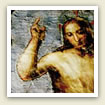
Visible light & beyondFind Raphael’s giornata in his 1520 fresco in Chapel of Saint Severo. Understand brushwork technique in Van Gogh’s Mademoiselle Gachet au Jardin. Learn about multispectral imaging. |
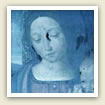
Ultraviolet lightFind secret details with back light in a Renaissance Adoration of the Magi fresco. Investigate a painter’s practice with ultraviolet. Discern the original parts from replacement parts in old marble statues. |

Infrared lightUse a modified digital camera to read erased Dead Sea Scrolls. Search for proof of authenticity with infrared reflectography. |

X-ray lightHunt for hidden paintings with X-rays. Transform a jug that appears intact into a bag of shards with the help of an X-ray. |
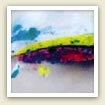
MicroscopyExamine a tiny grain of a Claude Monet’s painting and understand his Impressionist technique. Identify pigments layers in a heavily reworked Degas painting. |
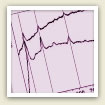
SpectroscopyExplore pigment identification with Raman spectroscopy. Find out what is actually happening in the degradation process of an 800 year old manuscript. Dig into the use of precious pigments in a XVth century Milanese manuscript. Explore the elemental composition of a Nepalese manuscript illumination of a celestial Buddha. |

3D ModelingCreate a virtual visit of the Ekain cave painting. Study and document Renoir’s brush work in the Femme Nue Dans une Paysage. Be a digital archaeologist with affordable and fast 3D scanners. |
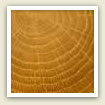
DatingLearn how pottery forgers can fool a Thermoluminescence test. Postdate a portrait of Cranack the Elder through a Dendrochronology examination. Date carbon black in cave paintings. |
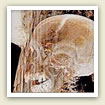
TomographyUncover a mummy’s secret truths without even opening the case. |
